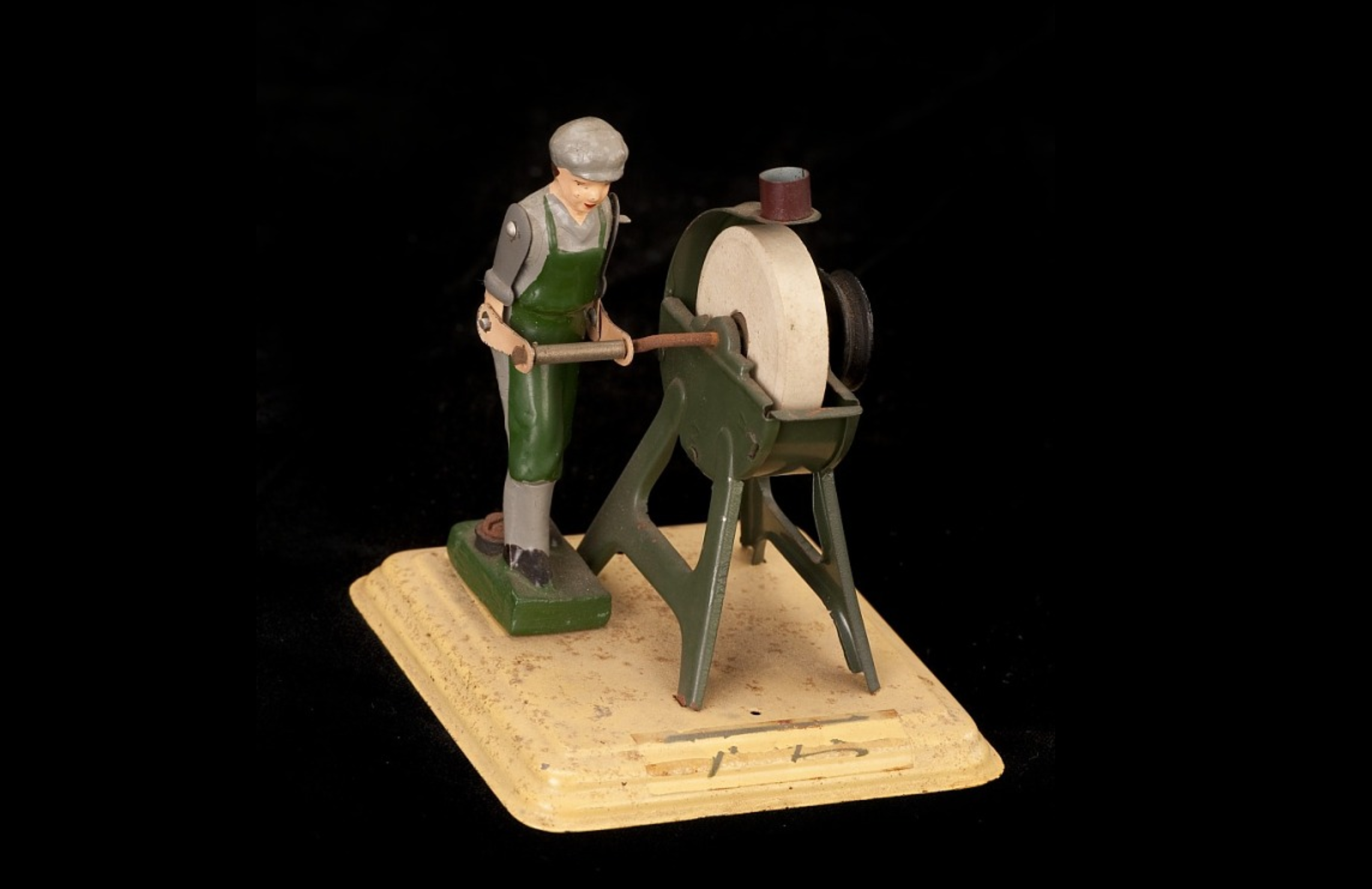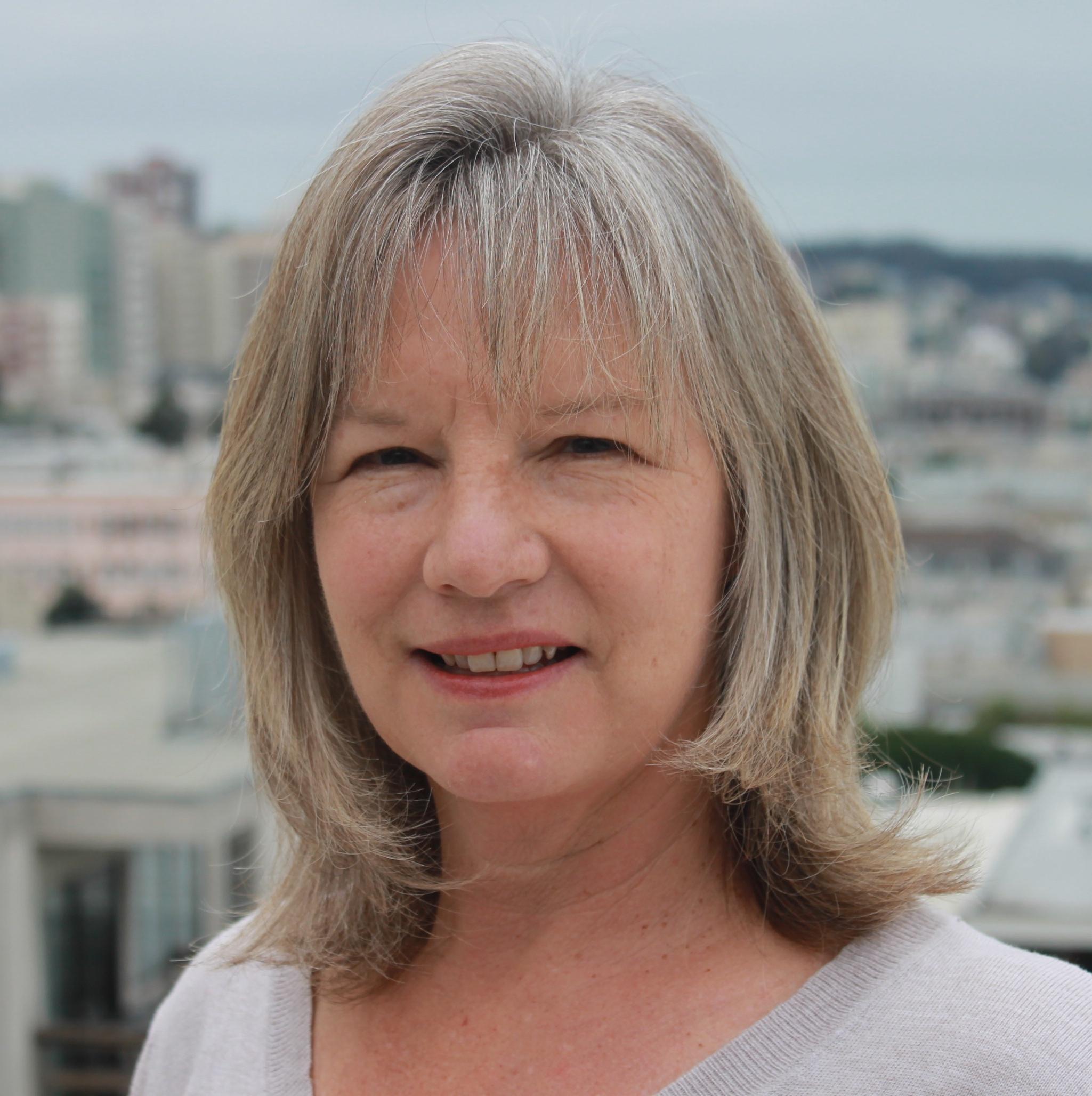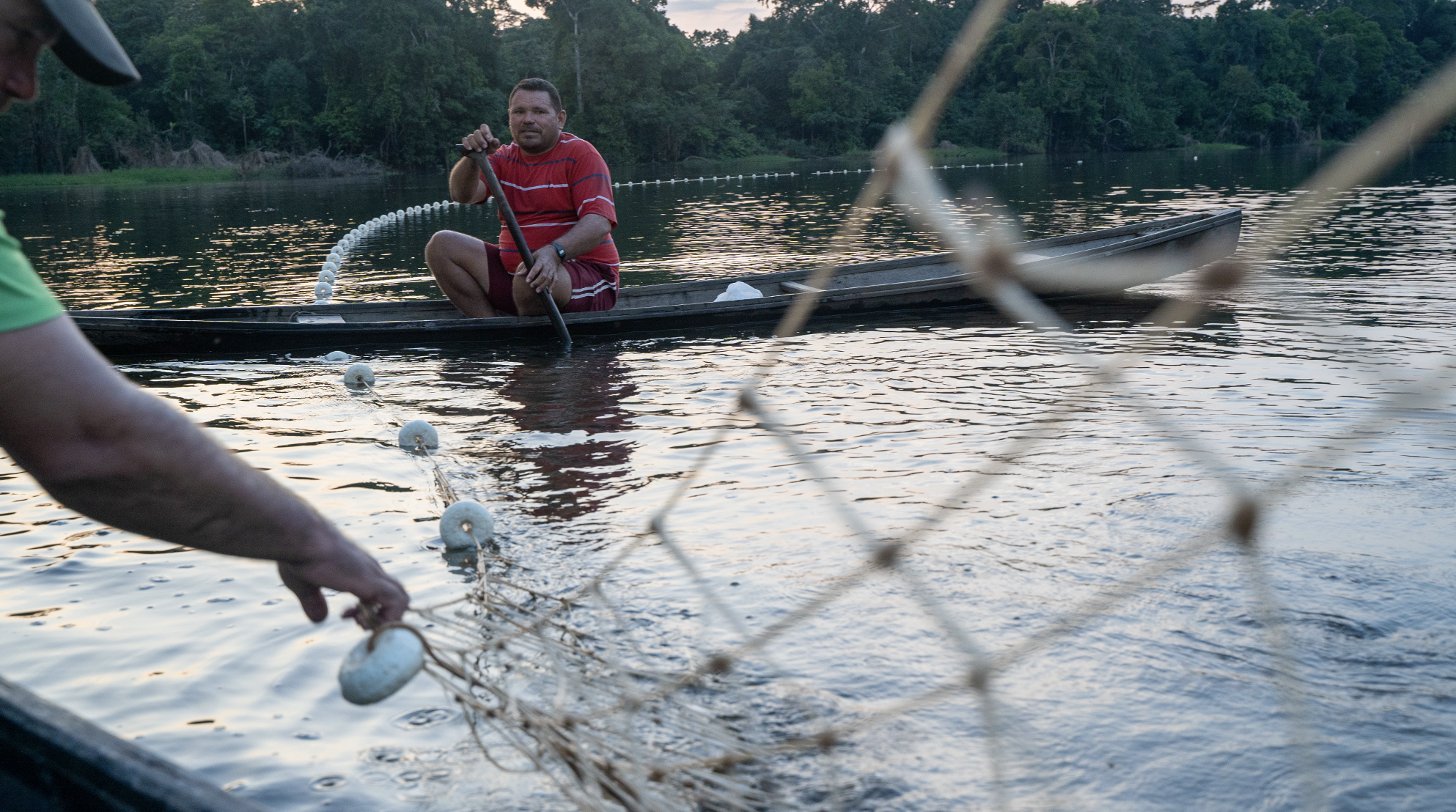Building Your Dream Board
A step-by-step guide to build a board that accelerates your impact.



You’re in that position so many early non-profit founders find themselves in. You’ve got a board of directors because legally you have to have a board of directors. They are mostly friends and family who joined to support you. At best, it’s getting the job done. At worst, it’s a time sink and unproductive. You’ve heard about that board - the one that can truly accelerate your vision and work - but you have no idea how to get that board.
As a co-Founder and Executive Director of Sustainable Conservation, I had to take my own organization through this transition, and over the last 14 years at Mulago, I've seen dozens of organizations successfully professionalize their board. Here are some tips and a guide for getting you a board that truly adds value and accelerates your work.
The Intention
The first step is to decide on where you want to be 3 years from now, write it down, and embed it in a three year plan with annual milestones attached to it. Ask yourself these questions and be scrupulous in your answers:
- How many total board members do you want?
- Who should be on your board - what networks, perspectives, experience and expertise do you need?
- What’s the ideal meeting cadence?
- What are the expectations around attendance?
- Will your board travel and visit your operational sites?
- What is the expectation/requirement for board gifts?
- If there are multiple legal entities that each need a board, how will they relate to each other?
- Is an advisory board part of the plan? (Advisory boards can be an excellent way to engage and get to know potential board members!)
The Rules
Now you’ve got a clearer idea of where you want to get to. Next, update or modify your bylaws to support this plan. Specifically, this means you’ve got to designate board size and be clear about board terms. Boards are usually something like 5-15 members. Anything over 15 gets complicated. 5-10 is a good number to aim for.
Make sure you address term limits - they’re a critical tool for managing board composition. A very common term structure is 3-year terms that can be renewed 3 times. Not everyone agrees with term limits, but I’m a strong believer that boards need new energy and voices. Systematically moving people off after 9 years of service creates room for that. Regardless, stagger terms so that no more than one third of the members are up for renewal in any given year.
The Members
Now comes the hard part. Decide how your current board members fit into the long term plan. Have individual conversations with each board member. If it's time for them to roll off, figure out a graceful exit within 18 months. One way to do this is to offer an alternative role (“advisor”) so they retain their connection and contribution to the organization.
If you want a current board member to stay on, make it clear. Good board members are in high demand. Don’t lose one because they aren’t sure where they stand.
For new and continuing board members, share mutual expectations in an annual letter between you and the board member that you both sign. This letter should include things like attendance at meetings, general expectations around annual contributions (all board members need to make an annual contribution commensurate with their means - no exceptions!) and confidentiality. Also lay out what they can expect from you: well planned board meetings supported with materials that are succinct and delivered with plenty of time to review them. This kind of simple letter (no more than 1 page!) reminds everyone what they are signing up for.
The Chair
Then, decide on an interim chair. An excellent, uniquely qualified board chair is one of the biggest assets an organization can have. Unfortunately you are probably not going to find and recruit the perfect board chair right away - you’ll need time to bring that person on board. Instead, elect a board chair (not you - probably a current board member) who signs up to help you through this transition.
With this interim chair, start to model the behavior that you will want the permanent chair to have. Right now you are probably leading on all things board related, but in high functioning boards this is done by the board chair and that’s what you are aiming for. The kinds of behaviors you want the board chair to take on include:
- Responsibility for running productive board meetings
- Frequent, informal 1:1 conversations with you to brainstorm challenges and solutions
- Support with major fundraising efforts, e.g. attending meetings with major donors
- Communication with other board members about their annual giving
Pare It Back
Now the scary part. Start to pare back to the core members. Your board will likely shrink for 12-18 months (this is OK!) - three board members is a perfectly fine number to build from. Why are you paring back? Shrinking your board to a few key people allows you to reset board culture and expectations, both of which usually need to change to successfully make this transition. If you don’t pare back, you will probably end up with new people, but in the same friends and family culture.
Once you’ve pared back, establish a nominating committee of 3 members (including you) who will take the lead on identifying, vetting and recommending new board members.
Build the Dream Team
Then, the fun part - the building! Add slowly. A really good board takes years (more than 3) to build. Tap into your networks and start meeting people. Be clear about what you are looking for and why. Don’t make the mistake of anchoring on rich people. Ultimately it’s nice to have a few of them on the board, but let go of the idea that they are the key to your fundraising success. They are not. Fundraising is an organizational capacity that you and the staff need to invest in. The board supports you, but they are not the machine.
Find the people who have unique experience, skills and networks that are relevant to your work. For example, the board chair of VisionSpring - an organization committed to making eyeglasses accessible to everyone, everywhere - is Reade Fahs, the CEO of National Vision. Reade is uniquely qualified to be on this board - he leads a major optical company (not to mention a long standing commitment to social change) that has direct relevance to VisionSpring’s mission. But don’t just focus on proven leaders. There are many strong candidates early in their careers. Often younger people have the time, energy and social networks that are exactly what you need. You want people who can contribute, not just lend their name.
Remember that recruiting directors is just like a sales process - you need a big funnel, you qualify that funnel and then you find the right way to engage each prospect. With clarity about what you want, and consistent effort, that board will begin to take shape.
Boards are like grindstones. At first the wheel requires a lot of effort and turns very slowly; the first few members are really hard to bring on. But with steady effort, along with reasonable and clear expectations, momentum starts to kick in. It starts to really accelerate when a board enjoys working together, has a deep connection to the mission and sees the growing value of their individual and collective contributions.That’s the board you want.
Impact in your inbox
The best stuff we run into, straight to your inbox. Zero spam, promise. To see past issues, click here.






